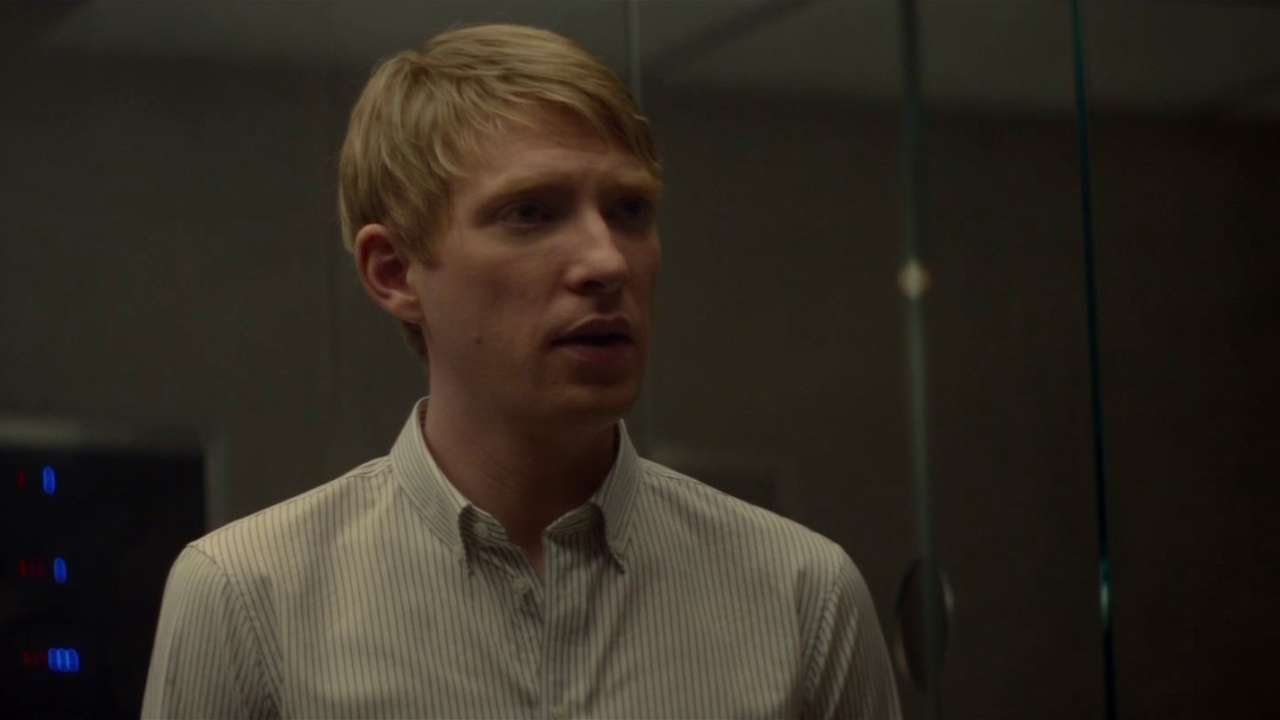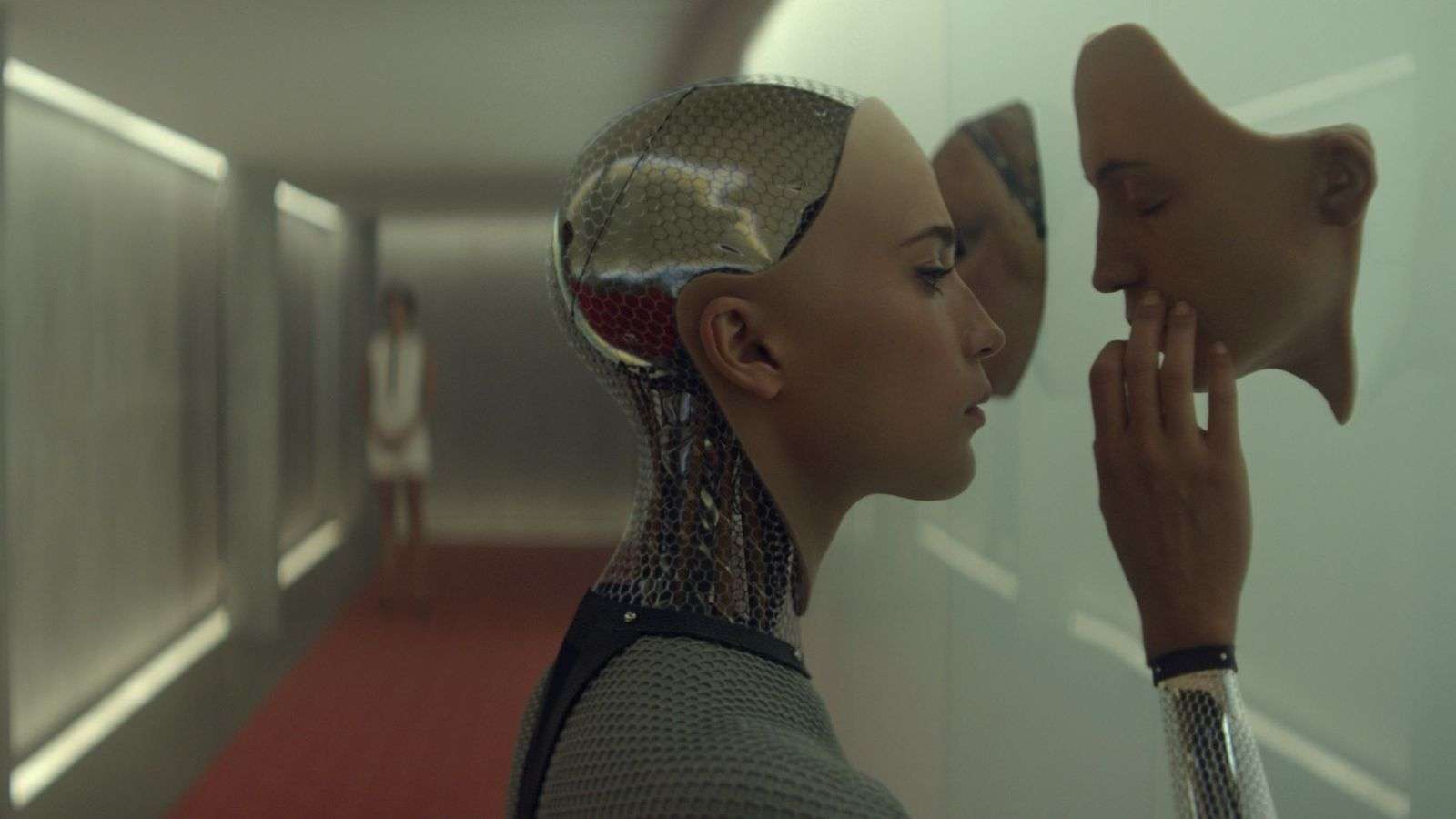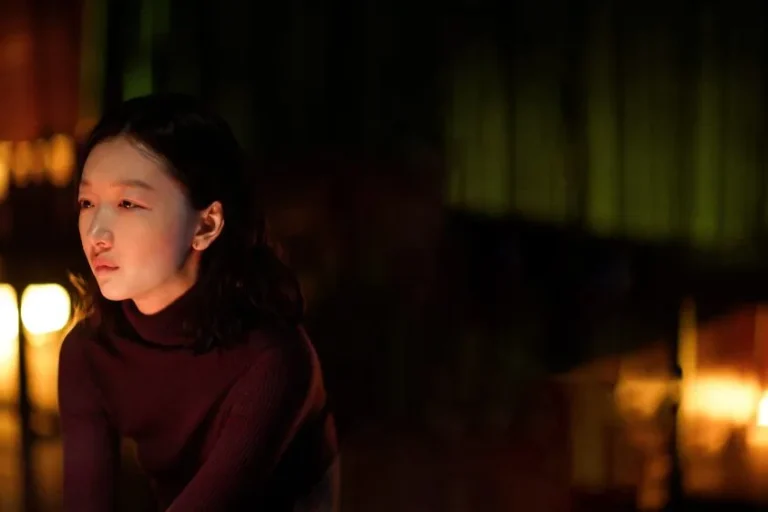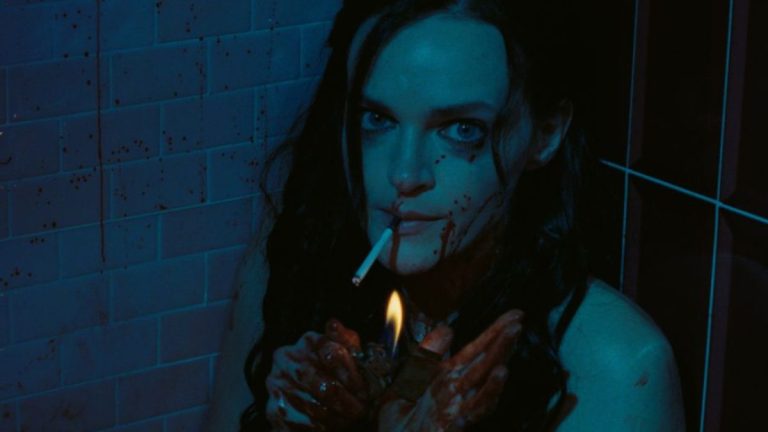In the promotional tour for the UK release of “Ex-Machina” in January of 2015, writer-director Alex Garland lamented the relative failure of “Sunshine,” “Never Let Me Go” and “Dredd” by commenting that his films miss some mainstream sensibility’ and ‘… just don’t break out’. It’s interesting to look back on that statement now following the recent box office success of “Civil War.” Has Garland’s sensibility changed? Or has the cinematic dial shifted to a place in which his films have now become more conscionable to the masses? To answer this question, we must go back to Garland’s childhood…
Obsessed with the sci-fi fables of J.G. Ballard and Ray Bradbury, as well as old episodes of “The Twilight Zone,” Garland channeled his interest in artificial intelligence into his screenplay for his directorial debut “Ex-Machina.” What started as an “epiphany” based on Murray Shanahan’s ‘The Technological Singularity’ evolved into what would become one of the most influential and prescient films of the 21st century.
An unassuming man who “never felt comfortable” with the runaway success of his debut novel “The Beach,” Garland has now become a cult figure within genre cinema. With “28 Years Later” on the horizon (with Garland returning on writing duties) it would appear that his star will only continue to rise. Ten years on from “Ex-Machina,” it’s time to consider how and why the film became so acclaimed in the first place.

“Ex-Machina” begins with nerdy and affable computer coder Caleb (Domnhall Gleeson) winning a competition at his workplace (fictional social media site BlueBook) to spend the week with his enigmatic CEO Nathan (Oscar Isaacs). As he flies over rolling hills and majestic fjords in a private helicopter, it is clear that this is going to be no ordinary week for our unsuspecting protagonist.
Upon arrival, Nathan, dishevelled in an old vest and sporting an unkempt beard explains to Caleb the true reason for his arrival. Nathan is creating an A.I. (AVA – as played by Alicia Vikander) and Caleb is to be the human component in the Turing Test (the test devised by Alan Turing to determine if a machine can be mistaken for a human). Caleb is dressed in a suit when he first rocks up to Nathan’s compound but as the film progresses, his costume design becomes more loose and casual.
Also Read: The 50 Best English Language Films Of 2015
Is this because Caleb is becoming more comfortable or is he unconsciously echoing Nathan? It’s a conundrum that the film playfully delivers but deliberately never truly answers. While Nathan is clearly positioned as being a ‘bad’ person (for the avoidance of doubt, he builds robots partly to have sex with them), we view Caleb as a sympathetic character who tries to free Ava from her glass prison. It is only once we dig deeper into Caleb’s motivations, however, that the morality of his choices becomes murky. Is he helping Ava because he is compassionate or is he helping AVA because he is attracted to her? Again, Garland allows the question to remain ambiguous.
Shot in six weeks with only two weeks on location, and with a modest budget, it is a testament to the subtle but incredibly effective VFX work displayed throughout “Ex-Machina” that the film beat out “Star Wars The Force Awakens” and “Mad Max: Fury Road” to win Best Visual Effects at the 2016 Oscars. AVA, portrayed with a dancer’s grace by Vikander, is a gorgeous-looking mix of skin, biomechanics, and a bald cap. The SFX melds seamlessly with the costume design to create a character who still looks authentic and compelling a decade later. It helps that Vikander absolutely nails the robotic motions and almost imperceptible facial movements. A slight frown here. The ghost of a smile there. It’s a masterclass in understatement.

Why has “Ex-Machina” endured? Well, the idea of a computer gaining consciousness goes right back to “2001: A Space Odyssey” and the concept of the creation turning on its creator extends to “Frankenstein” and beyond. Perhaps the most enduring legacy of Garland’s film, however, is the portrayal of a tech CEO. Aside from the obvious red flags that Nathan waves throughout the movie, there are other subtler moments that are even more menacing. He makes Caleb sign an NDA.
Nathan casually reveals that he is hacking the phones of all BlueBook users. He steals Caleb’s online data and weaponises it against him. His casual, laid-back persona masks a scheming tyrannical monster who is willing to blow up the world if it means that he can become a ‘God’ – Caleb’s unfortunate choice of words to describe Nathan early in the film. In 2015, it was impossible to imagine that a nerdy tech CEO could control the planet and yet here we are in 2025 with Elon Musk, Mark Zuckerberg, and the rest doing just that. This has lent “Ex-Machina” an eerie prescience that ensures that the film is even more chilling now than it was upon release.
“Ex-Machina” is the mind-bending puzzle box of a movie that still has a chokehold over the science fiction genre a decade later. If anything, it becomes more powerful with each passing year – a true classic.


![Lucky Chan-sil [2020] Review: A movie producer in an existential fix](https://79468c92.delivery.rocketcdn.me/wp-content/uploads/2020/09/Lucky-Chan-sil-Movie-Review-highonfilms-3-768x512.jpg)
![Cléo from 5 to 7 [1962]: The Public reflection of a Self](https://79468c92.delivery.rocketcdn.me/wp-content/uploads/2017/05/Cleo-5-to-7.png)

![The Hound of The Baskervilles [1959] Review – The weirdest Sherlock Holmes Adaptation is also the best](https://79468c92.delivery.rocketcdn.me/wp-content/uploads/2021/05/The-Hound-of-the-Baskervilles-1959-highonfilms-2-768x443.jpg)
